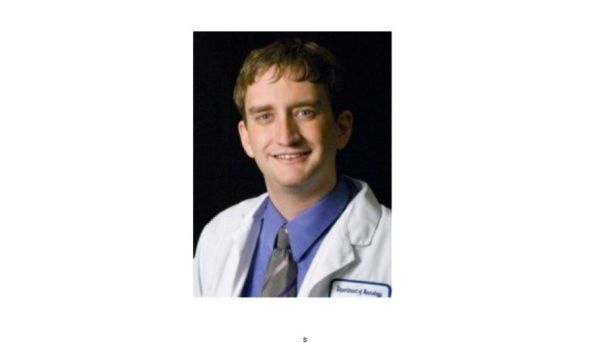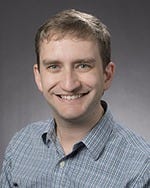Interview with Dr. Brandon Peters: Oral Appliances and CPAP
One of the biggest topics right now in the sleep world is the discussion of oral appliances and CPAP, and the benefits of each for treating sleep apnea. In this video hangout, Chris Vasta from the CPAP shop sat down with Dr. Brandon Peters, noted sleep doctor, to discuss Bruxism or Teeth Grinding and it’s relationship to Obstructive Sleep Apnea (OSA). Dr. Peters. is a board-certified neurology sleep medicine specialist. His practice is in Novato, California, and he works as Consulting Assistant Professor in the Department of Psychiatry and Behavioral Sciences at Stanford University's School of Medicine.
Bruxism, or teeth clenching, is thought to be the body’s attempt to subconsciously keep the lower jaw in place. For a person with mild sleep apnea, upper airway syndrome or snoring, grinding the teeth or clenching the jaw keeps the airway open by preventing tongue from falling back and blocking the airway. Many times a dentist will notice enamel damage and be the first to identify a potential sleep problem. However in many cases dentists treat this with a simple mouth guard, which simply cushions the teeth, and does little to help the underlying problem.
Oral Appliances Vs. CPAP Machines
In many cases people have tried using CPAP machines in the past, and were not able to tolerate the air pressure, so they asked to be fitted with oral appliances to help with their OSA. What these people should be made aware of is that CPAP machines have improved exponentially over the last 5 years, and newer machines make compliance much easier. These machines have ramp features, heated tubing, more comfortable masks, and humidifiers for comfort.
If CPAP therapy can still not be tolerated, there are two types of oral appliances that may help mild OSA. They range in price from around $100 for an over the counter device to around $2000 for a custom fitted mouth piece that can be slowly adjusted to move the lower jaw forward and keep the airway open. The devices work best when a sleep study is done while the patient wears the device to test whether it is helping keep the airway open during sleep. The devices are adjusted over a period of 3-6 months before best results are achieved. To find a good dentist who can help with custom oral devices, Dr. Peters suggests looking for one at this website: AADSM.org.
Oral Appliances are Easy, But Will Not Help All OSA Sufferers
While sleeping with a CPAP machine is not easy to hide, oral appliances look similar to retainers, and are easy to take on airplanes and trips. There is no need to worry about a power supply and keeping the appliance clean is as easy as washing it after every use. However, oral appliances may not be the best solution for sleep apnea, and it can take up to 6 months before any benefit is felt, while CPAP therapy starts working almost as soon as the first device is used. In cases of mild OSA, oral appliances may be all that is needed, but in other, more severe cases of 30 events or more per hour, cases where the obstruction is in the nose, or if oxygen levels drop significantly, CPAP therapy is recommended for a good night’s sleep. In addition, oral appliances can sometime worsen a jaw condition called TMJ that results in the jaw clicking or even dislocating.
CPAP therapy works quickly, without an adjustment period. The machine records sleep data so that it’s effectiveness can be shown without continuous overnight sleep studies. If you have additional questions for Dr. Peters, you can follow him @aboutsleepdoc on Twitter, or if you have questions for Chris Vasta, you can email him at contact at thecpapshop.com. To see another hangout Chris did with Dr. Peters, please see this blog post: Does Sleep Apnea Ever Go Away?




